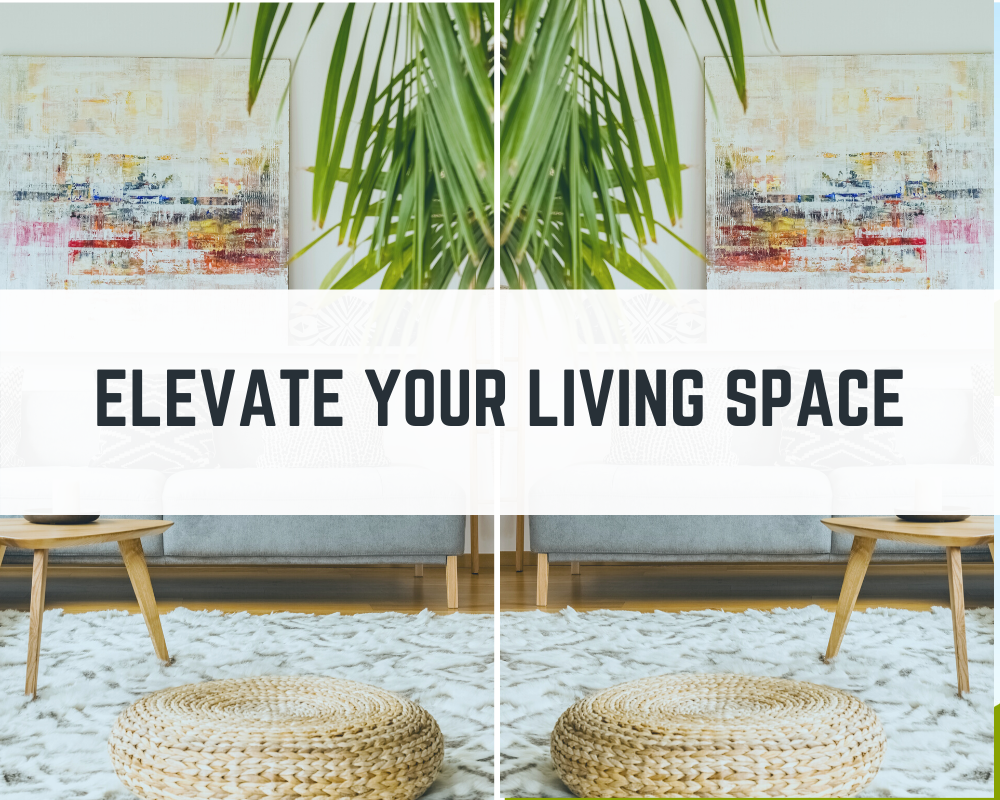Sometimes the artificial stuff just doesn't cut it. If you're ready to liven up your living space, here are 7 plant options that are a perfect starting point.
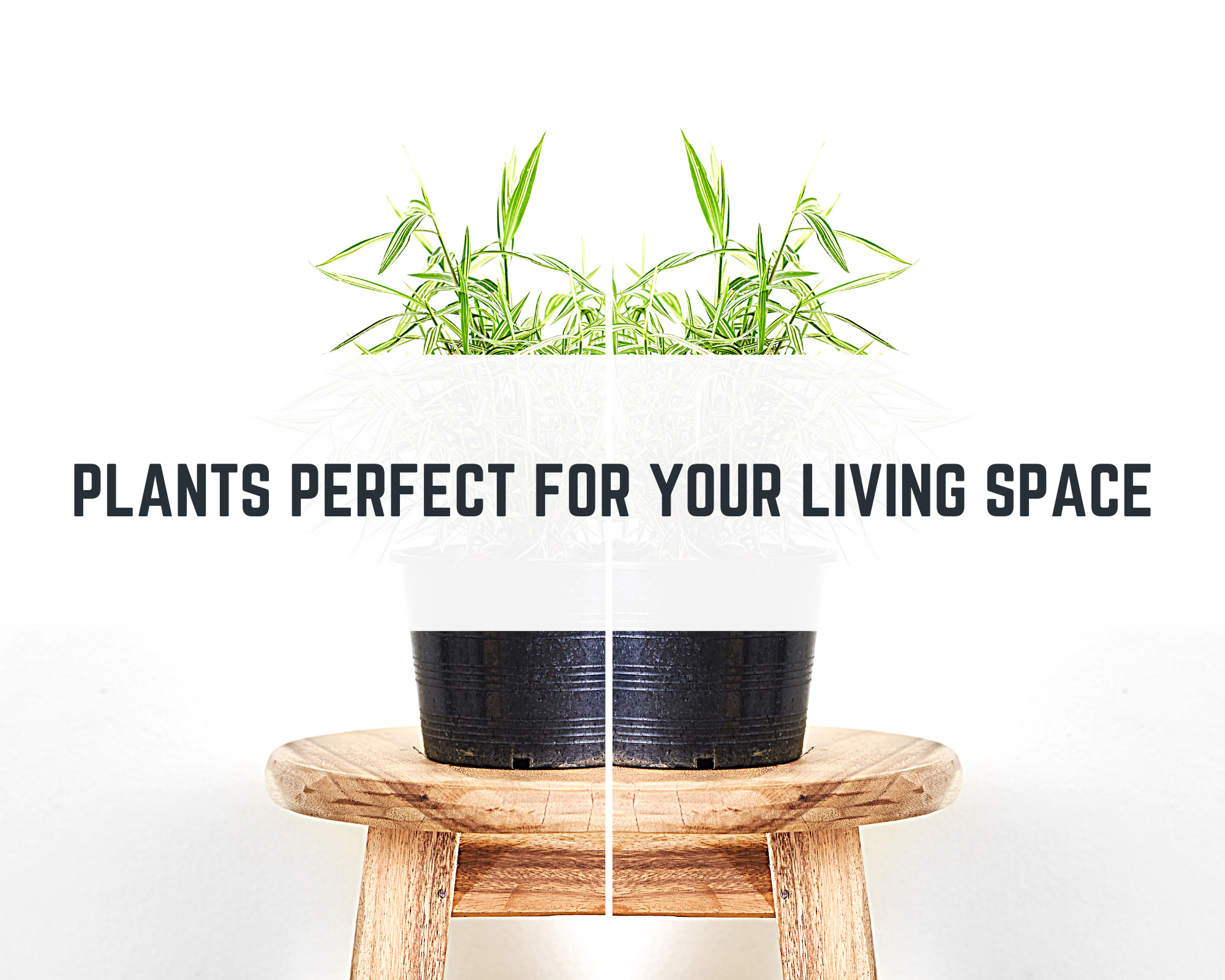
You don't have to have a green thumb to enjoy the benefits of a thriving plant in your living space. With a little information and a keen sense of adventure, you can go from only artificial plants to enjoying fresh ornamentals indoors.
Let's get started.
This post is all about 7 plants options perfect for your living space.
1. Aloe Vera
(Aloe barbadensis)
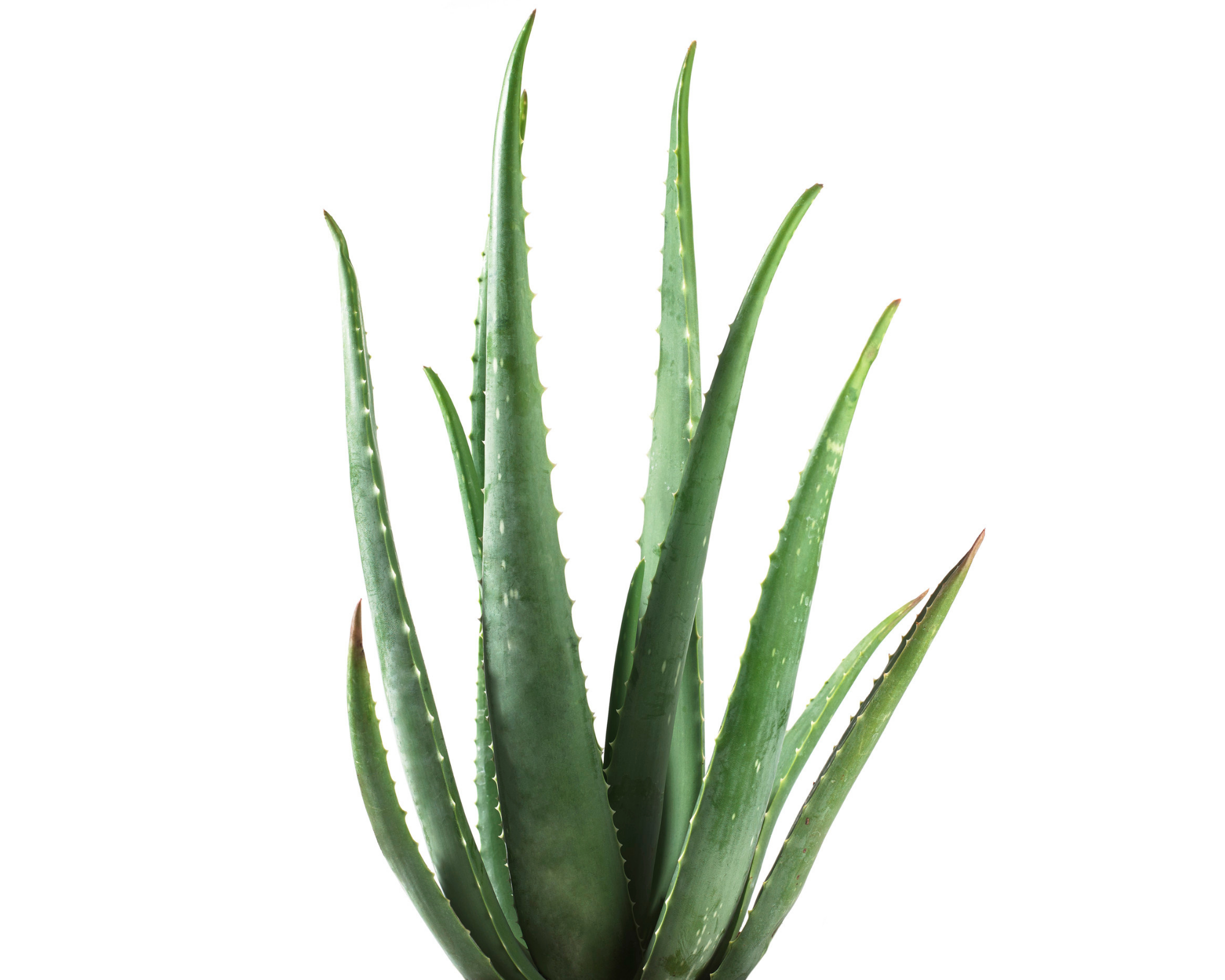
Maintenance Level: Low
Cost: $
With thick green, spiny looking fronds it may remind you of a cross between a cactus and squid tentacles (minus spiny cacti needles) but aloe is more than meets the eye.
The squishy, meaty green gel in it's leaves are great for minor cuts and burns and when kept indoors it is also great for cleansing the air. Some communities use it for skincare. (Though fair warning: if you are allergic to latex, you'll probably want to avoid touching the inside layers of this plant with your bare fingers.)
Aloe vera can vary in size and can grow in almost any stable indoor weather. To plant it successfully outside, this perennial does best in growing zones 9-11, but if you live in a different zone or just plan to keep it indoors, it can still be a great houseplant option for you.
Aloe vera plants love artificial light or indirect sunlight. Porches, warm covered balconies, a well lit kitchen, near an apartment window or an office space: these are all viable places to sit your new plant friend.
Keep it away from temperature extremes such as the freezing cold or the blazing sun. Most aloe vera plant leaves burn under a couple hours of direct sunlight. If crispy brown burnt looking spots appear on your plant leaves, move it into the shade, pronto.
Your aloe vera plant may or may not flower during the year (like the springtime). If it does not flower, no worries, it is still a viable plant.
Aloe vera likes cactus friendly potting mix or a combination of soil and sand. The soil it comes in when you buy it from the store is generally enough to keep it going for a long time.
Some plant enthusiasts may argue that you need a glazed (or non-glazed) terracotta pot to keep your plant in but unless you are handed one for free, 99% of the time you can keep it in the pot you buy it in. You can also move it to a dark plastic or resin pot that you pick up at your local plant nursery or garden center for a nominal cost. As long as the pot has adequate drainage holes, it should be good to go.
If your aloe vera plant grows pups (little offshoots of fresh leaves) you can pull them out, put them into a new pot (with soil) and grow yourself another plant. (This is also called propagating.)
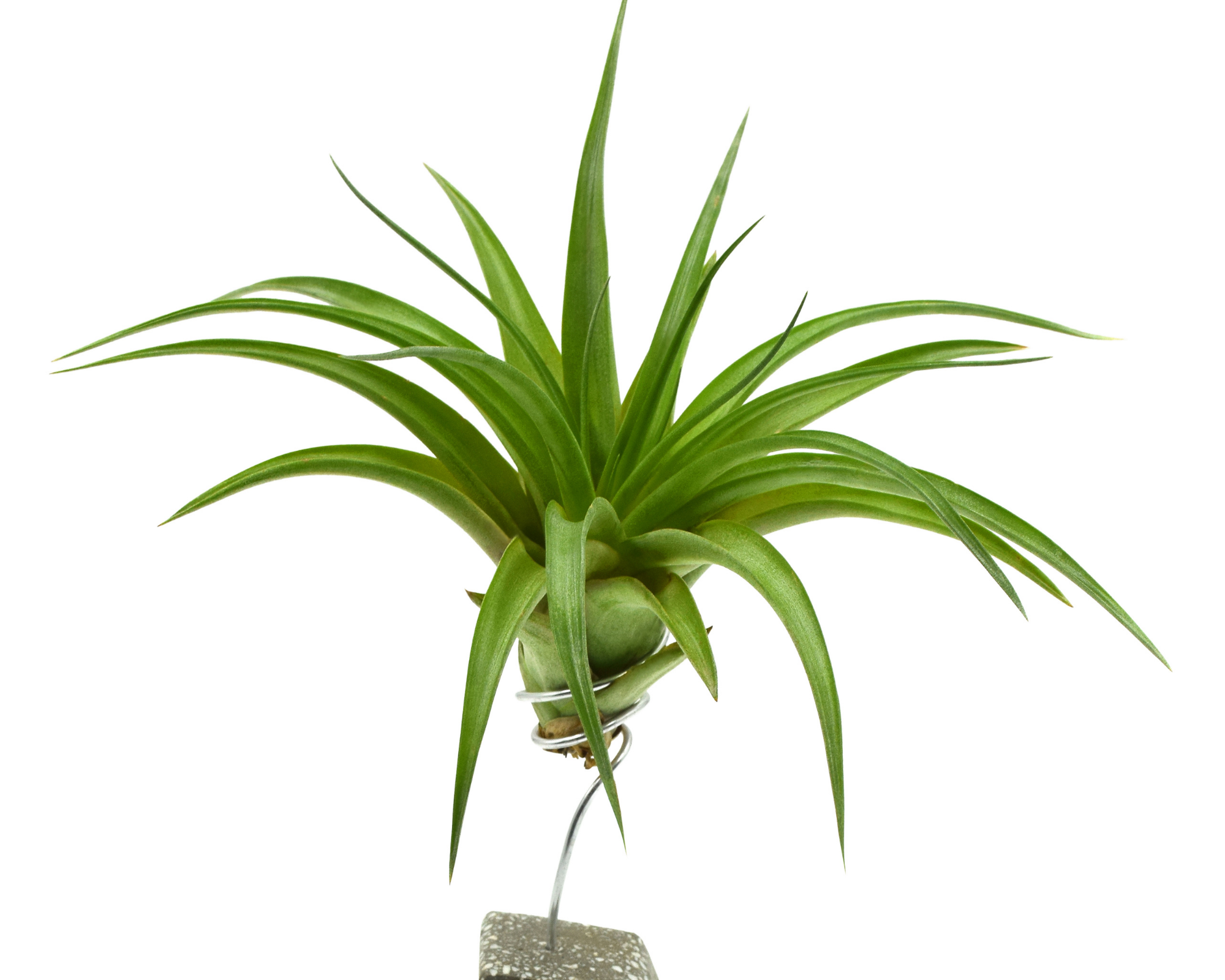
Maintenance Level: Low
Cost: $
"Air plants" is broad term for over 600 species of the Bromeliaceae family of plants that can be found in the forests, mountains or deserts in places like the Caribbean, Northern Mexico, Mid Argentina and some parts of the southern United States.
They are great for small spaces and can range anywhere from 2 to 12 inches long.
The cool things about them is that they don't need soil to grow. Using scales on their leaves, they absorb the nutrients they need from the air instead of from the ground thereby removing their need to be planted in soil. This means air plants are generally easy to care for and do not require a lot of light to thrive.
(They can also tug on the heartstrings because they can be super adorable.)
If you are more on the creative vibes - with air plants - there are many wonderful possibilities. While most of these plants get mounted on pieces of driftwood or bark and then get suspended into the air, others can also sit on knicknacks, bookcases, and other decor elements, adding unique earthy vibes to your existing decor.
Some air plants you leave alone and others you pick up and dunk into a splash of water from time to time. (Hint: greener types dry out faster while silver foliage leaves are more tolerant of drought.)
Of the many varieties of this type of plant, the sky plant (Tillandsia ionantha) is one of the most popular. Growing roughly 6 inches tall, it is favored for it's hardiness and how easy it is to care for.
Another is Fuego (Tillandsia lonatha 'Fuego'), an even smaller variety that loves to show off with a splash of color. Leaves maintain a bright color for months which is an interesting contrast to their general size of 1 inch tall. Drop one (or three) of these little babies on your table to add a little pizzazz to your next centerpiece.
There are so many varieties and shapes and colors of air plants that finding one perfect for your life vibes is a guaranteed, interesting adventure.
3. Cast-iron Plant (Aspidistra elatior)
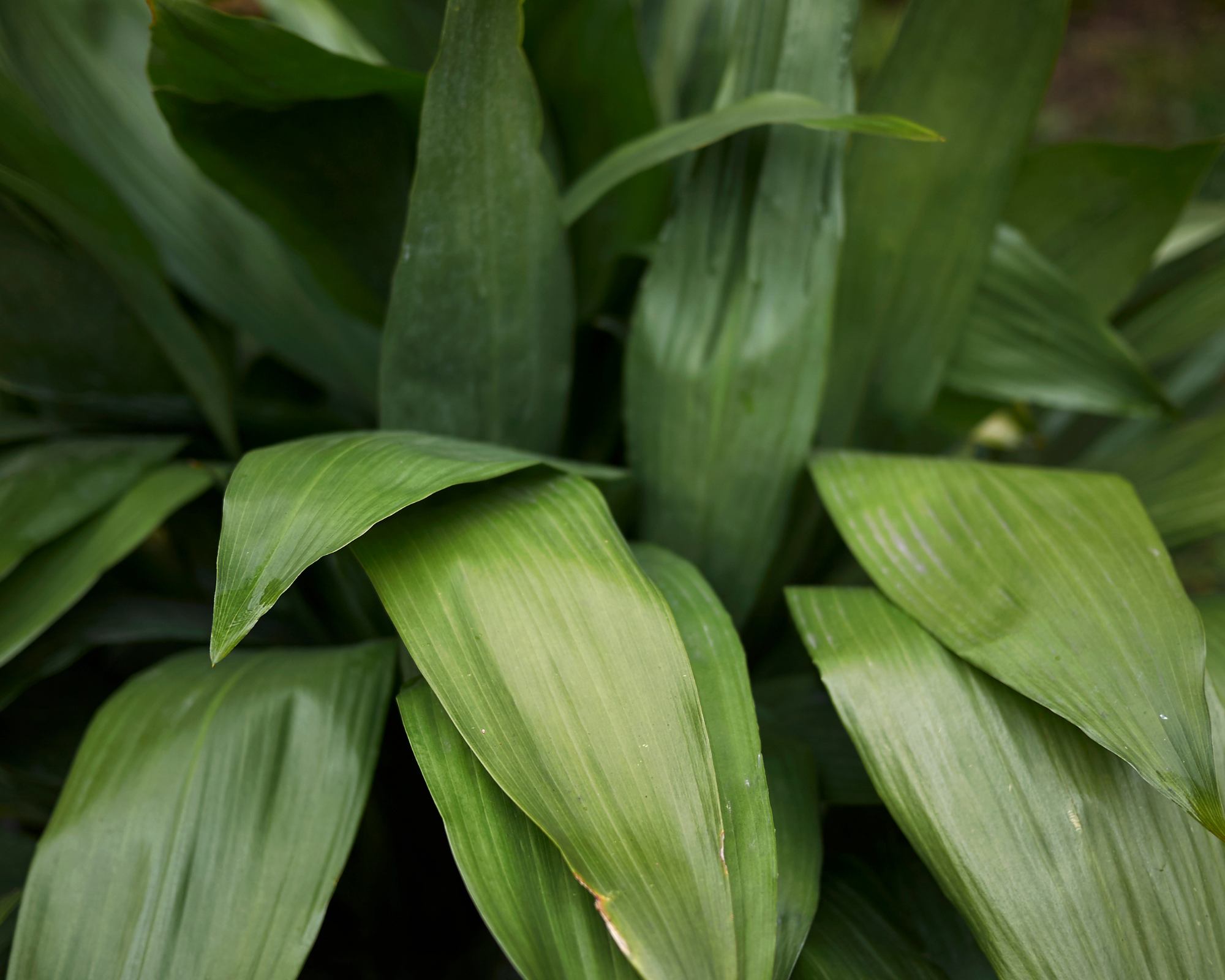
Maintenance Level: Low-Medium
Cost: $-$$$
They are lush and green with arched glossy leaves that typically get around 2 feet long and 4 inches wide. Cost to buy them will vary based on if you are growing your plant from rhizomes (rootstalks) or if you purchase it already potted and well grown.
The cast-iron plant works great as an indoor floor plant and can grow 2-3 feet tall and 1-2 feet wide. This plant requires a bit more upkeep than the previous two (above) since it needs acidic and well drained soil but it still has some really great benefits.
For one (and this one is huge) insects leave it alone. (YES YES YAS) (#winning)
It is also sturdy and can handle a lot of shade. Place it under a deck or along a wall or living space that receives almost no sunlight and it will not die. It is also disease resistant which means it will rarely if ever need a plant doctor (AKA you).
Water it when the soil dries out, fertilize it periodically during the year and you are good to go. The cast-iron plant does not like overwatering or direct sunlight so if you must place it near a window, north-facing windows are your friend.
This plant prefers temperatures between 60-75 degrees, anything below 50 degrees can damage it or nix it's existence. Fertilize it with a slow release fertilizer once a year in the spring to help keep it happy all year long.
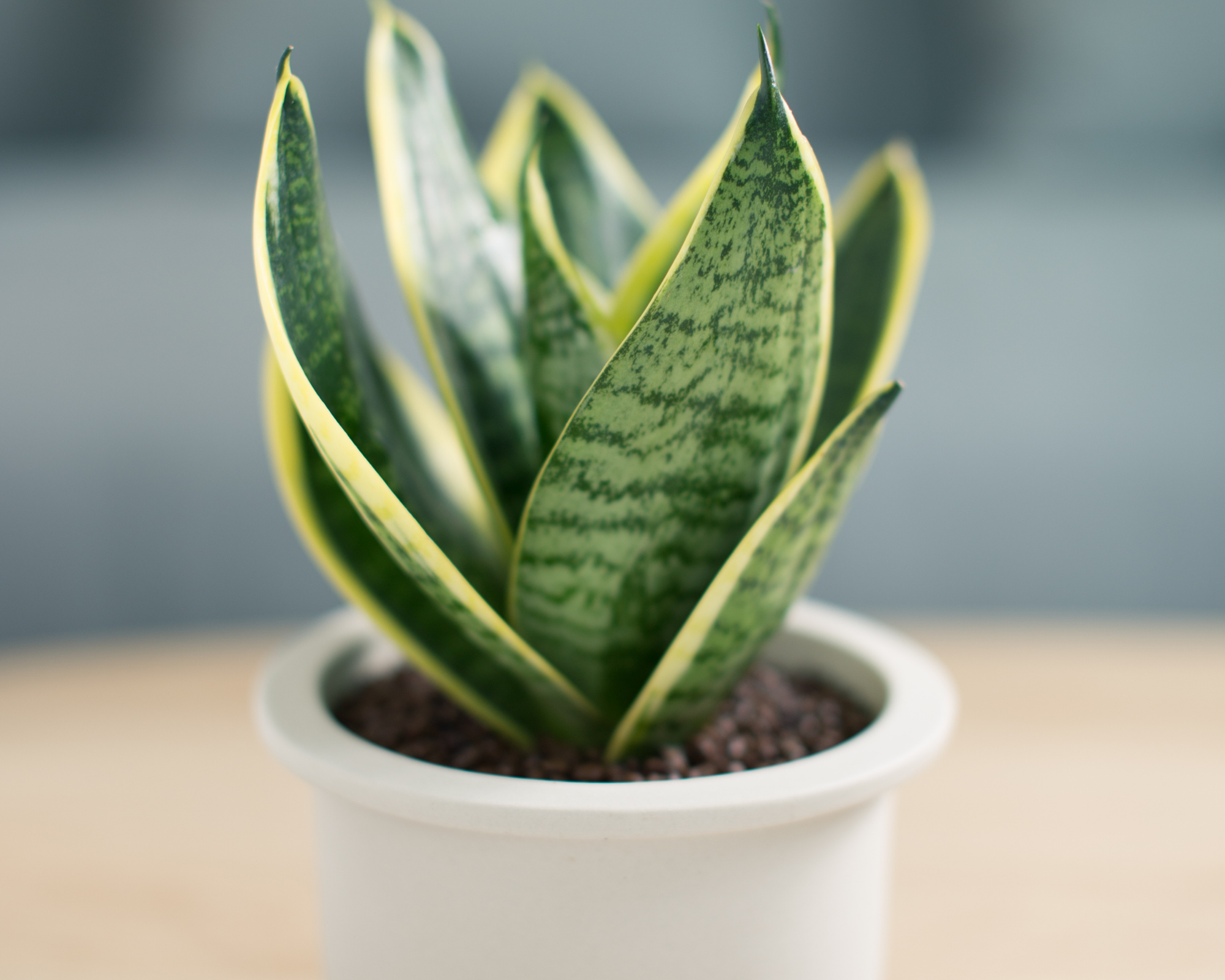
Maintenance Level: Low
Cost: $-$$$
Snake plants are often comprised of stiff, green streamer-like leaves with a yellow border. They are easy to grow, thriving in either bright light or dark shadows. If you must repot them, try to do so in the springtime.
Put them on a tabletop or on the floor and as long as you don't have pets that insist on eating them, you are good to go. (Check this on an individual animal basis, as adventurous pet natures will vary.)
Refuse to overwater this plant. Warm months encourage a watering every 3-4 weeks and winter months can even go as long as 2 months in between watering.
Since this plant prefers loose, well-drained and sandy soil, an all-purpose cactus potting soil is recommended. This plant loves temperatures between 70-90 degrees.
If you put it in ample sunlight it will grow faster and may need repotting. Always repot this one with fresh potting soil.
Fair warning: this plant is considered toxic if ingested by people, dogs or cats. Side effects of ingestion can include short-term nausea and mouth pain in humans and nausea, vomitting, pain or diarrhea in pets.

Eye catching is how I would describe this one, with the tricolor variety splashed with deep green, red and yellow leaves. It is versatile enough to be planted and grown indoors any time of the year but it is not always easy to keep growing.
If you are up for the challenge, it likes warm, moist air and plenty of fertilizer. If it gets too dry or too cold the leaves will fall off or it will suffer from root rot or collapse. Too much sun will ruin it's beautiful leaf color.
The Prayer plant loves indirect sunlight, well draining soil that combines peat moss, perlite, sand or loamy soil and a pH of 5.5 to 6.0. If you plant these babies, makes sure you put a layer of rock at the bottom of a pot that has a drainage hole (or two).
During the growing season, water it frequently. This kind of plant is super sensitive to drought conditions and will wilt at the first sign of neglect. Yet at the same time it doesn't like a lot of water on it's leaves and it doesn't like soggy feet (roots). Overwatering can lead to fungal problems which can turn the leaves yellow and result in leaf loss. It also likes room temperature of slightly warm water.
Keep this beautiful little darling in rooms that stay between 60-80 degrees. Anything lower than that can damage the leaves. If you don't have a humid space you may need a humidifer or bowl of water placed near the plant to help it stay happy.
Fertilize it every 2 weeks from spring to fall and once a month in the winter for best results. If you notice browning of the foliage or a white powder on the leaves get yourself a natural insecticide like neem oil: spider mites and mealybugs are no fun.
Like I said, this one is more high maintenance than the other plants, a fact that has not stopped many humans from enjoying it's beauty in their homes.

Foliage is not uniform yet very pleasant looking.
Countless other small succulents like this one can be picked up from your local garden center or nursery for a couple of dollars and their low maintenance, compact vibes can really help elevate your apartment, office or windowsill with a splash of fresh foliage and color. Line up three of these little plant babies on a ledge (one on each end and one in the middle) or one on both ends of a bookshelf for added interior design.
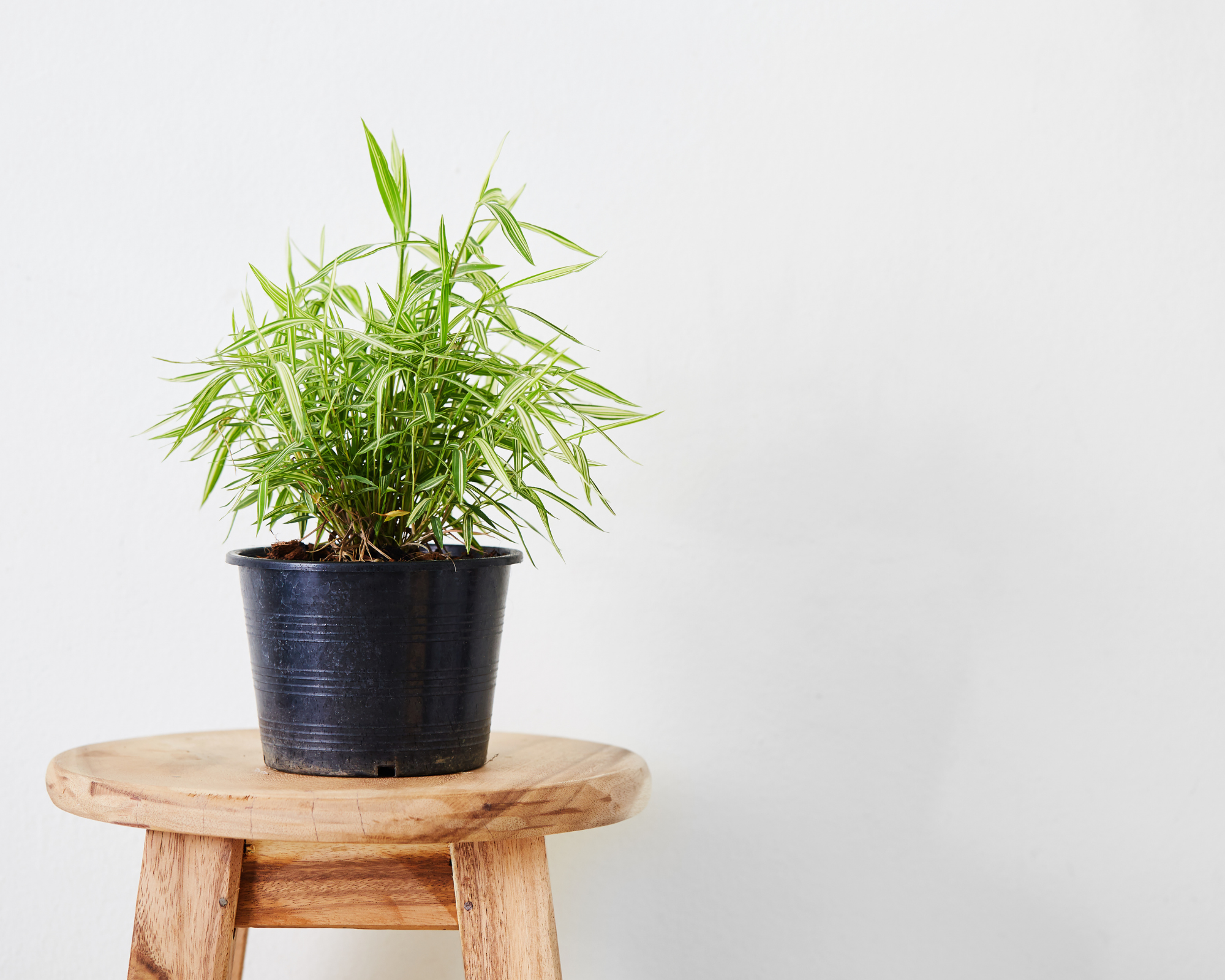
It grows fast, is low maintenance, hardy and barely (if ever) require pruning. It rarely has an issue with bugs or diseases which makes this a great plant option for your living space long term.
Bamboo likes moist soil and full sun or partial shade. Rich organic and well draining soil can come in the form of a good potting mix. Golden bamboo is often drought tolerant, soggy soil tolerant and cold temperature tolerant though you will want to avoid all of these scenarios long-term. Fertilize it once a month for best results.
And there you have it, 7 plants that are a perfect starting point for your indoor space.
You don't have to be a gardener to enjoy lush, green happiness in your home. With a little determination and a whole lot of curiosity, you can venture into the living plant world and find the perfect live indoor plant for your living space.
Other posts you may like:
11 Easy Steps to Make Any Space Look Amazing

